The Clematis integrifolia, a member of the Ranunculaceae family, is a perennial plant native to regions spanning Central Europe, Russia, and China. Unlike climbing clematis varieties, this bushy, clumping species serves as a versatile ground cover or a charming addition to containers. Known for its nodding flowers in shades of light to dark blue, it blooms in autumn, showcasing delicate beauty followed by fluffy seed heads that add texture to the garden. Perfect for those seeking a low-maintenance, non-vining option, Solitary Clematis thrives as a reliable and attractive feature in any landscape.
| Common name | Bush Clematis, Solitary Clematis, Solitary Virgin’s Bower |
| Botanical name | Clematis integrifolia |
| Family | Ranunculaceae |
| Species | integrifolia |
| Origin | Central Europe to Russia and China |
| Life cycle | Perennial |
| Plant type | Ground Cover |
| Hardiness zone | 3, 4, 5, 6, 7 |
| Sunlight | Full Sun |
| Maintenance | Medium |
| Soil condition | High Organic Matter |
| Soil ph | Acid |
| Drainage | Well-Drained |
| Growth rate | Medium |
| Spacing | 12 in. – 3 ft. |
| Harvest time | Fall |
| Flowering period | Spring |
| Height | 1 ft. – 3 ft. |
| Flower color | Blue |
| Leaf color | Green |
| Fruit color | Gray, Silver |
| Fruit type | Achene |
| Fruit benefit | Good Dried |
| Flower benefit | Showy |
| Garden style | Asian Garden |
| Uses | Container |
I. Appearance and Characteristics
Clematis integrifolia is a flowering vine of the genus Clematis. Like many members of that genus, it is prized by gardeners for its showy flowers. C. integrifolia bears nodding, urn-shaped blue flowers in summer that are 1.5 inches wide. It is a fairly short variety, growing only to 3 feet high. It is native to Europe and Asia. In the US it grows best in American Horticultural Society zones 8 to 1.
Several popular hybrids have been made by crossing C. integrifolia with other Clematis species. C. ‘Hendersonii’ is a cross with C. viticella, and C. ‘Durandii’ is a cross with C. x jackmanii. Clematis × aromatica is the result of a cross with Clematis flammula.
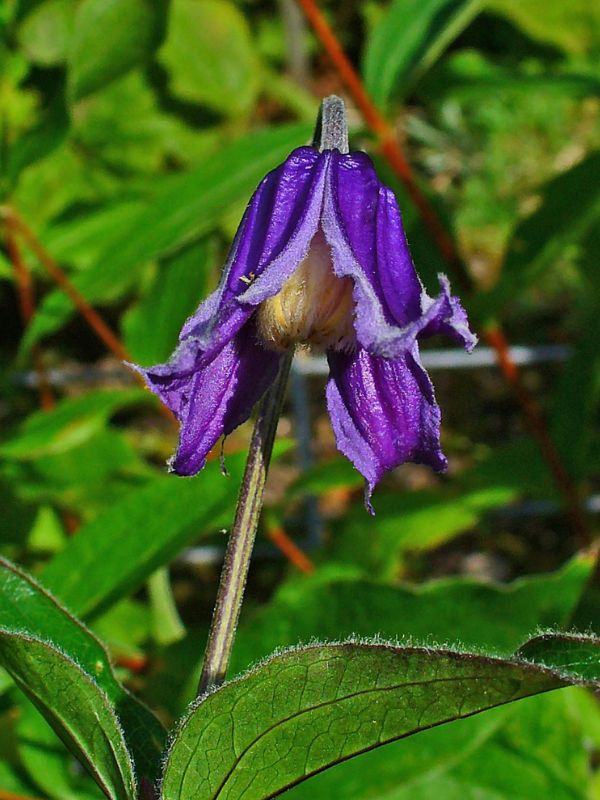
II. How to Grow and Care
Sunlight
Some varieties of solitary clematis prefer full sun, while others prefer partial shade. Although some varieties of solitary clematis will bloom better in a fully shaded area (for example Clematis ‘Nelly Moser’ and Clematis ‘Henryi’), they generally need at least 6 hours of sunlight per day.
Temperature
Solitary clematis has good cold resistance. Suitable growth temperatures are 21 to 25 ℃ during the daytime and 15 to 17 ℃ at night. It doesn’t thrive well in waterlogged soil or in drought conditions. Therefore, it is better if the soil is moist and well ventilated. Water regularly but avoid the accumulation of water.
Watering
Originating from temperate regions, solitary clematis thrives in environments with moderate moisture. It exhibits a preference for consistent soil hydration without being waterlogged, showcasing its balance between drought resistance and a need for regular watering. Adapting to weekly irrigation aligns well with its natural rhythm, ensuring healthy growth. As an herbaceous perennial, solitary clematis is often cultivated outdoors where it can capitalize on natural rainfall patterns to supplement its watering schedule during the growing season.
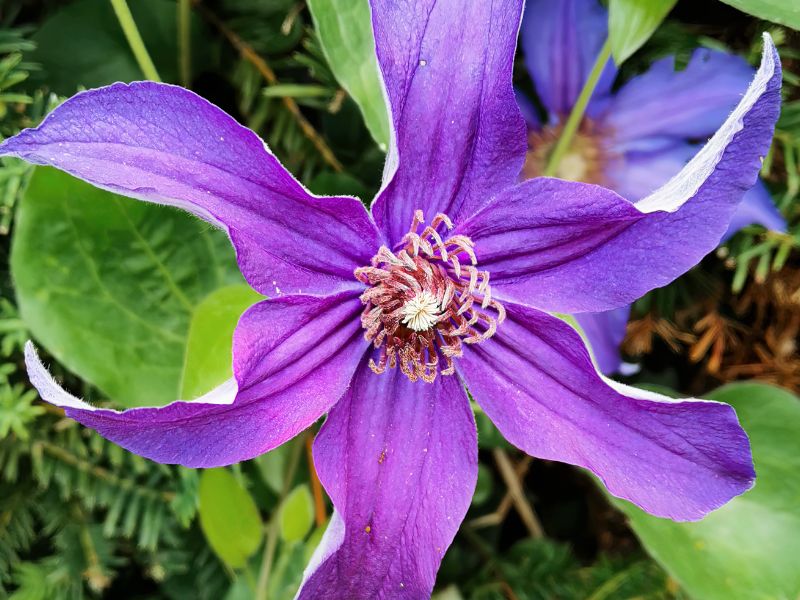
Soil
Solitary clematis likes fertile, well-drained, neutral soils with a pH in the range of 6 to 7.5. Solitary clematis is not resistant to accumulated water or drought and can lose water easily. Generally, peat soil, pearl soil, vermiculite, and pine bark can be mixed and used as a suitable soil for planting. The mixed soil should be loose, aerated, permeable, moist, and nutritious.
If grown in a pot, organic fertilizer or slow-release fertilizer can be used as a base fertilizer. If solitary clematis is planted in the garden, it is advised to use organic fertilizer and bone meal as a base fertilizer, with garden soil, humus soil, and coarse-grained medium used to increase the drainage and ventilation capacity of the soil.
Fertilizing
Fertilize solitary clematis in spring with a balanced fertilizer (like 10-10-10) to support vigorous growth and flowering. Periodically apply high phosphorus fertilizer to boost bloom production. Use half-strength solutions biweekly during active growth. Reduce frequency in fall and withhold in winter as growth slows. Practice caution to avoid over-fertilization, which can damage solitary clematis. Verify soil pH is slightly alkaline for optimal nutrient absorption. This routine enhances solitary clematis’s health, ensuring plentiful, vibrant blooms.
Planting Instructions
Go to the store and buy seeds for your favorite flower color and flowering period. It is generally recommended to plant the seeds in nursery pots in the spring or fall. Once the seedlings have grown, they can be transplanted into flower pots or the garden. If solitary clematis is grown in a pot, it is best to use a ceramic flower pot (this helps keep the plant cool in the summer and warm in the winter).
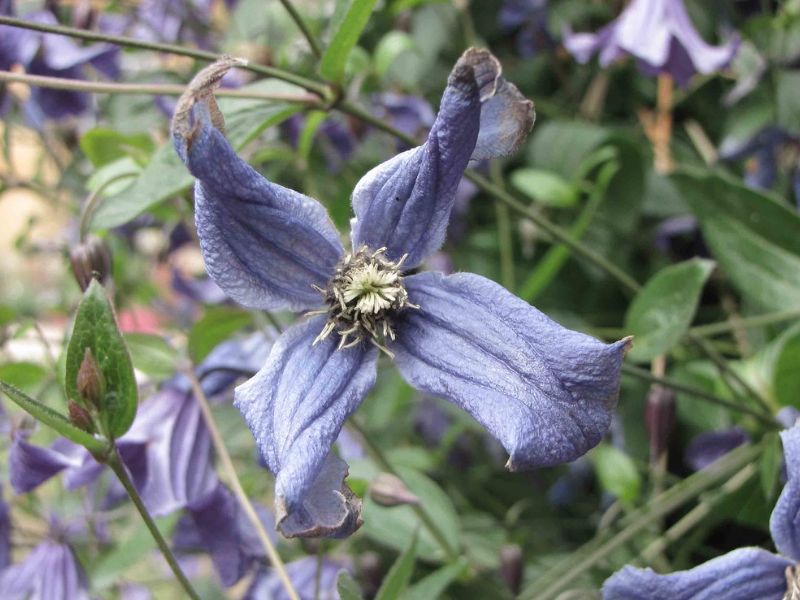
If solitary clematis is planted in the garden, choose the planting site carefully because it does not like to be transplanted multiple times., Select a well-drained planting area and cultivated soil. Determine the depth of the planting hole based on the size of the seedling’s root system.
Once the hole has been dug, it is recommended that some gravel be placed at the bottom of the pit to ensure good drainage. The drainage layer should be backfilled with mixed soil 5 cm thick., Disperse the plant’s roots into a radial pattern and place it in the hole. Hold the upper part of the plant in your hand to control the planting depth. Add soil to a depth of 2/3 of the hole, then slowly lift the root into place to ensure it is fully in contact with the soil. The soil should then be compacted and the plant watered.
Additionally, since solitary clematis is a climbing plant, it is recommended that some climbing support is provided and that enough space is available for it to look attractive and ornamental. Solitary clematis can only attach itself to relatively thin supports, so the climbing support should not be too thick – thin string or wire is advised.
Pruning
Solitary clematis can be pruned before it flowers or between late winter and early spring. Before flowering, remove any withered or weak branches to avoid excessive nutrient consumption. For better nutrient concentration and more attractive flowers, it is also advised to selectively prune some branches, even if they are growing well. Try to avoid too much pruning in summer, because in hot weather having more leaves can promote evapotranspiration and maintain normal water circulation in solitary clematis.
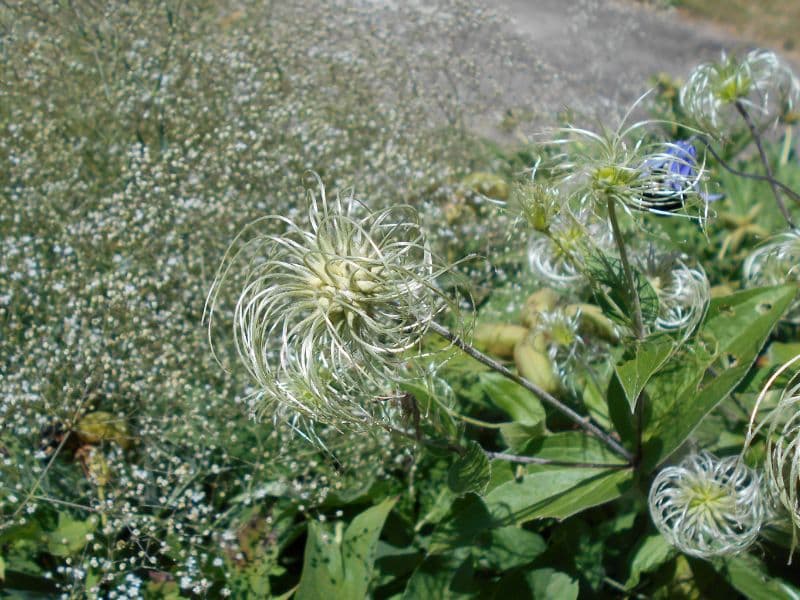
In the late winter and early spring, heavy pruning of solitary clematis, especially for late-blooming varieties, can stimulate the growth of new branches, make solitary clematis grow better, and result in a better shape the following year. For example, prune it to one-third of its original height. For early-blooming varieties, it is not recommended to prune too much.
It is recommended that half of the branches are pruned, leaving only thick ones behind. After being pruned like this, solitary clematis will have a longer blooming season, and the number of flowers will increase year by year with the increasing number of branches. The above method can be applied to all varieties of solitary clematis, including those you are unsure about how to prune.
After pruning, solitary clematis tends to end its dormancy period and start growing. If the weather is not suitable for the growth of new branches, it is recommended to wait before pruning.
Transplanting
The ideal time for relocating solitary clematis is during its dormant period, not only because it reduces transplantation stress but also enhances root establishment. Prefer locations with well-drained soil and partial to full sunlight. For robust growth, provide regular watering after the transplant and be gentle while moving to avoid damage.
III. Harvesting and Storage
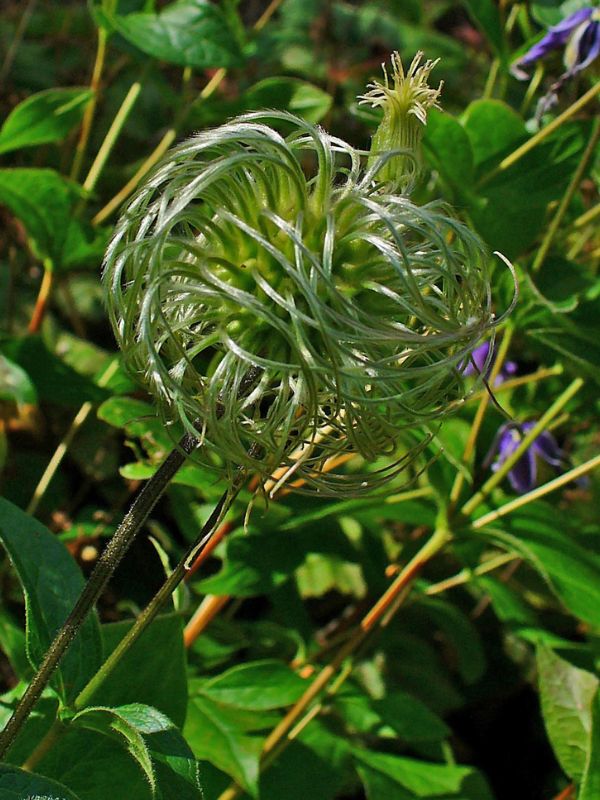
Solitary clematis has very beautiful flowers, which can be cut to use as part of a bouquet, or to decorate dining tables or rooms. Choose flowers at different stages of openness according to your flower arrangement requirements. It is recommended to choose half-open or nearly open flowers, which look lovely and have a long vase life. On the day of harvesting, use a sharp knife to obliquely cut the end of the stem and then promptly insert it into clean water in a vase. To extend its vase life, keep it out of direct sunlight, as this will make the flower wither faster.
If you want to harvest seeds of solitary clematis for reproduction, ensure that the seeds are already mature. Generally, seeds mature from late summer to midwinter, and it is recommended they are collected before the fruit becomes dark brown. If seeds are over-mature, they will enter dormancy, which will lead to late germination once they are planted.
Find Where to Buy the Best Solitary Virgin’s Bower (Clematis integrifolia)










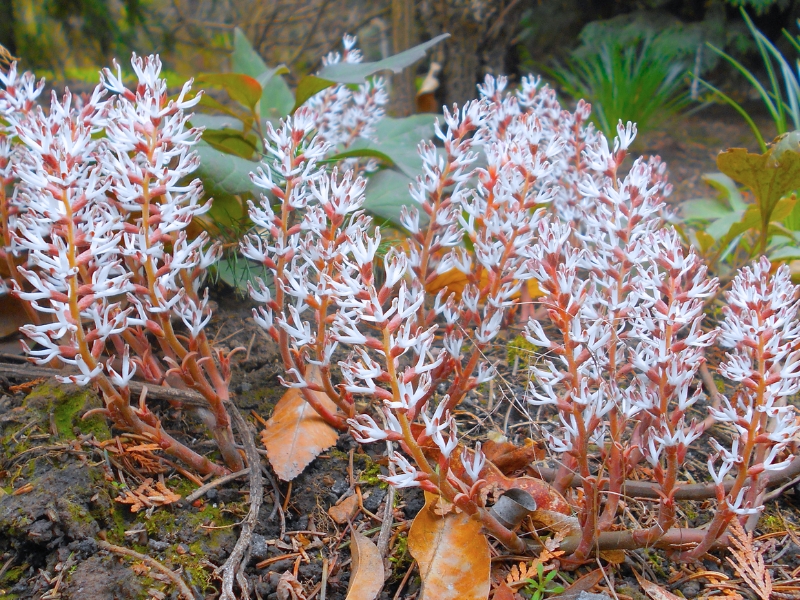

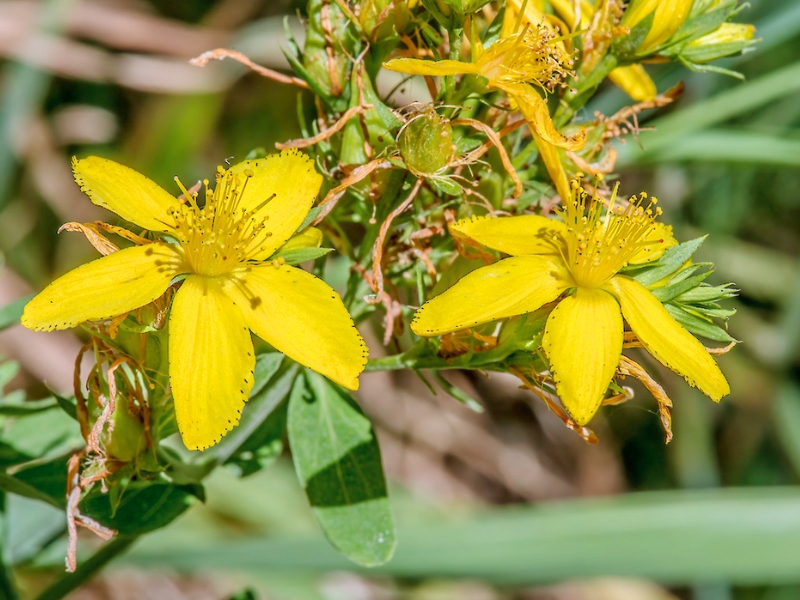
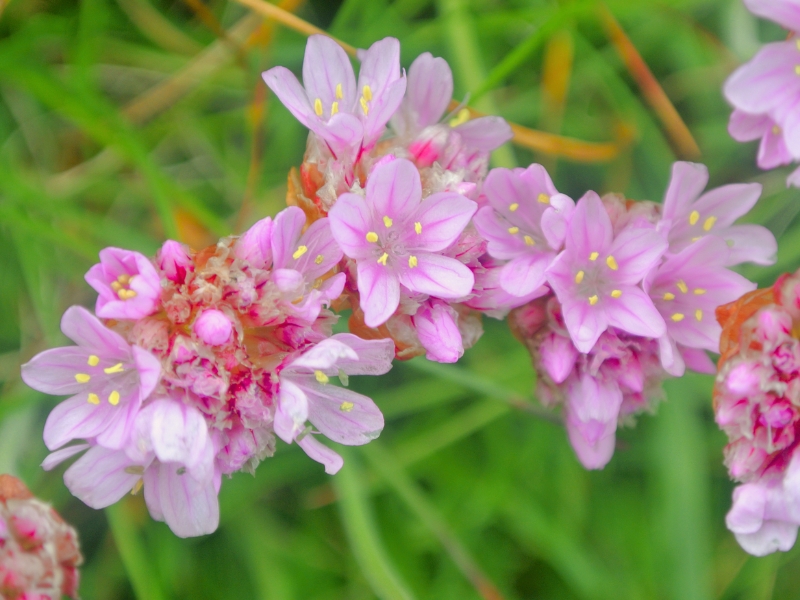
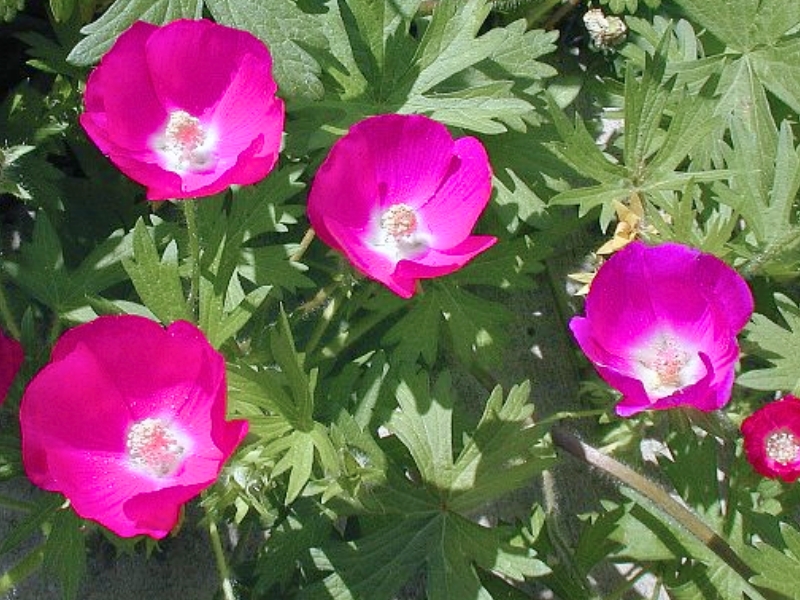
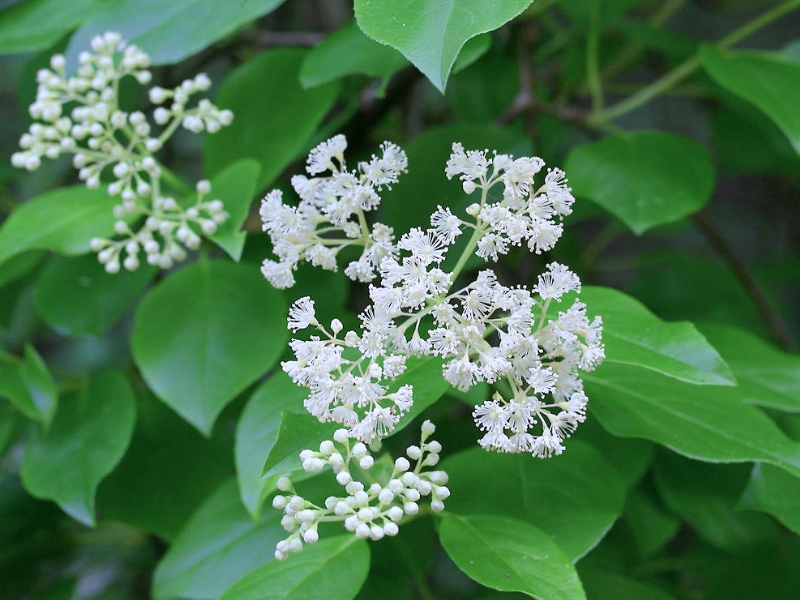
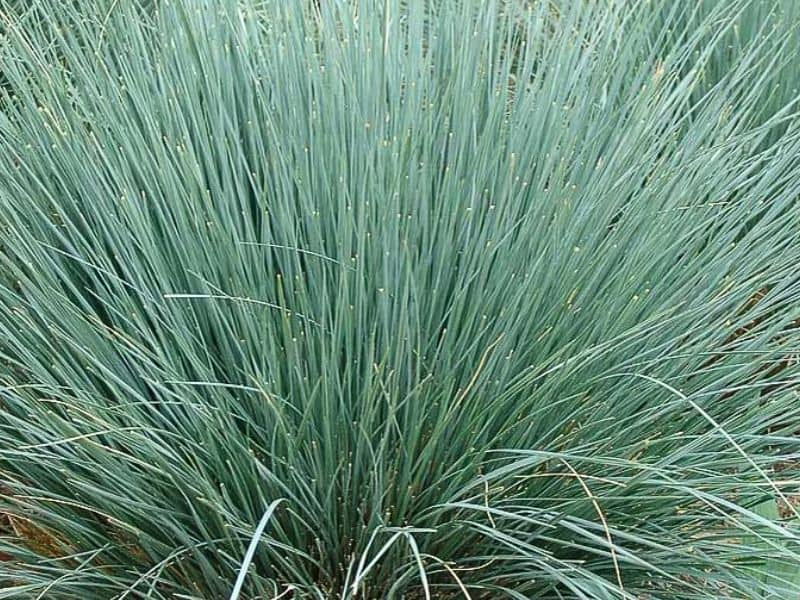
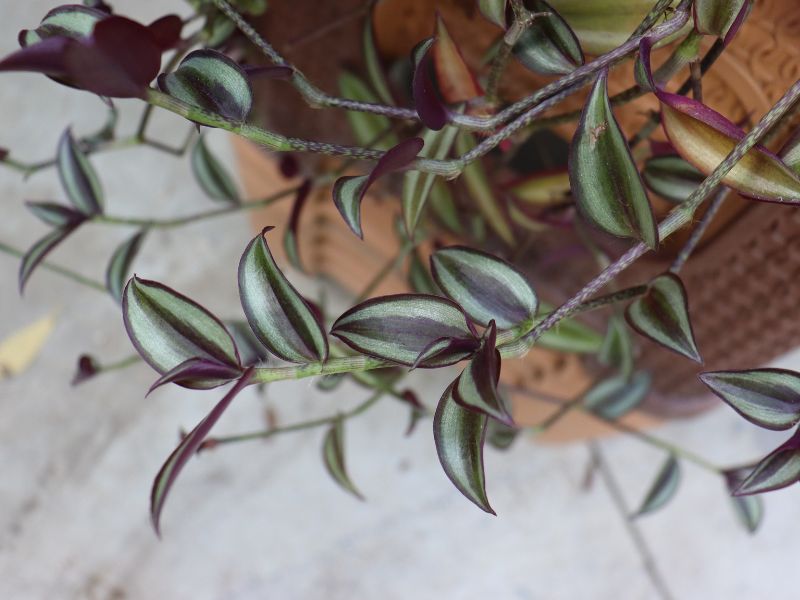
Leave a Reply